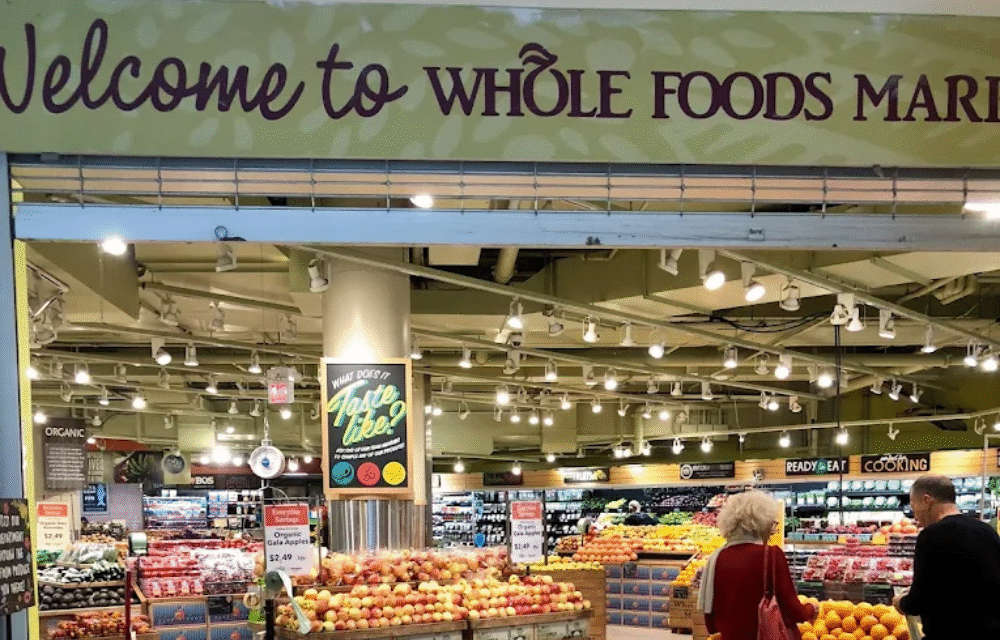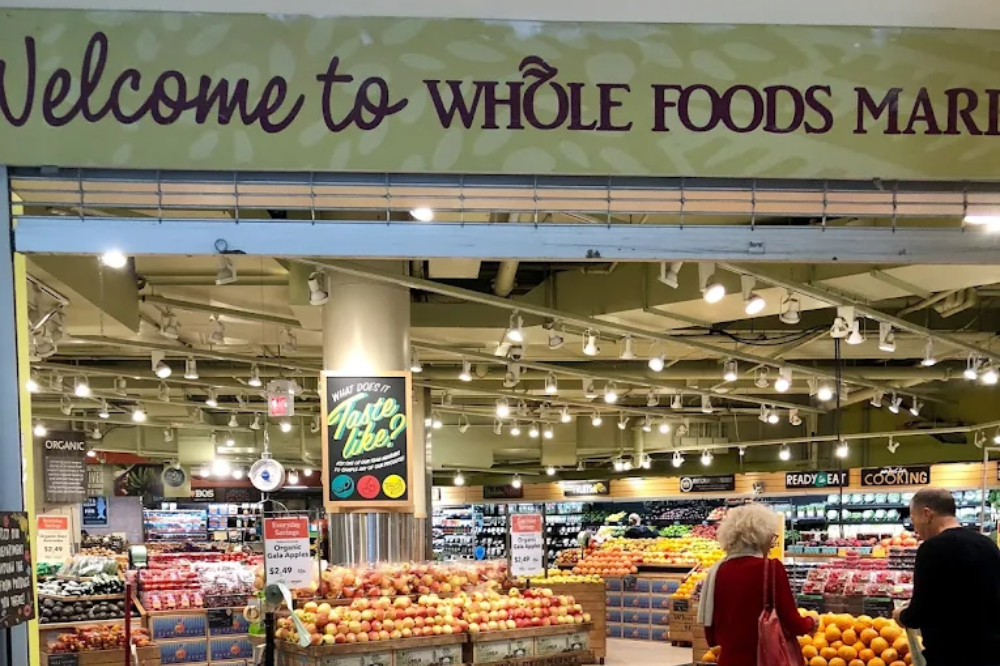In a surprising development, Whole Foods Market has announced plans to close two of its locations in Toronto. This decision has left many shoppers and local communities wondering about the reasons behind the closures and what the future holds for these neighborhoods.
Whole Foods, known for its high-quality organic and natural products, has been a prominent player in Toronto’s grocery landscape for years. The upcoming shutdowns mark a significant shift and have sparked conversations about the evolving grocery market in Canada’s largest city.
In this blog, we will explore the details of these closures, potential reasons behind the decision, and how consumers can adjust to these changes.
Which Whole Foods Locations Are Closing?
Whole Foods confirmed that the closures will affect two of their Toronto stores:
- Whole Foods Market — Bayview Village
- Whole Foods Market — Yorkville
Both locations have been popular with local residents, offering a range of organic groceries, prepared foods, and specialty items. The Bayview Village store serves shoppers in the northern part of the city, while Yorkville caters to a more central, upscale clientele.
The exact timeline for the closures has not been officially disclosed, but sources indicate the shutdowns are expected within the next six months.
Why Are These Whole Foods Locations Closing?
While Whole Foods has not provided a detailed explanation for the closures, several factors may have contributed to the decision:
1. Changing Consumer Habits
The grocery retail industry is rapidly evolving, with more consumers turning to online grocery shopping and home delivery services. The rise of digital platforms means foot traffic to brick-and-mortar stores has declined, impacting profitability.
2. Increased Competition
Toronto’s grocery market is highly competitive. Larger chains such as Loblaws, Sobeys, and Metro, as well as specialty stores and discount retailers, have expanded their organic and natural product selections, narrowing Whole Foods’ unique market niche.
3. High Operating Costs
Operating in prime Toronto locations comes with steep rent and labor costs. Combined with the economic pressures from inflation and supply chain challenges, maintaining profitability can be difficult for high-end grocers like Whole Foods.
4. Strategic Repositioning
Whole Foods’ parent company, Amazon, may be realigning its physical retail footprint to focus on fewer, more profitable locations or integrating more with Amazon’s growing grocery delivery infrastructure.
Impact on Toronto Shoppers and Communities
The closure of these two stores will impact several groups:
Local Shoppers
For residents near Bayview Village and Yorkville, losing these stores means fewer options for convenient access to organic and specialty groceries. While there are other grocery stores nearby, Whole Foods has built a loyal customer base due to its quality and product range.
Employees
The shutdowns will affect dozens of employees working at these locations. Whole Foods has pledged to provide support and assistance with transitions, but job losses are an inevitable concern.
Competing Stores
Nearby grocers may see increased customer traffic as displaced shoppers look for alternatives. This could provide a boost for other local retailers offering organic or specialty foods.
Alternatives for Whole Foods Customers in Toronto
Shoppers who rely on Whole Foods for their groceries still have several options:
- Other Whole Foods Locations: Toronto has additional Whole Foods stores that remain open, including those in Downtown Toronto and Etobicoke.
- Local Organic Markets: Smaller, independent organic grocers and farmers’ markets offer fresh produce and natural products.
- Supermarket Chains: Many major grocery stores have expanded their organic offerings, including Loblaws’ “President’s Choice Organics” and Sobeys’ “Compliments Organics.”
- Online Grocery Delivery: Services such as Amazon Fresh, Instacart, and others provide home delivery of organic and natural groceries, sometimes including Whole Foods products.
What This Means for the Future of Grocery Retail in Toronto
The closure of these Whole Foods locations reflects broader trends in the retail grocery market:
- The shift to online shopping and convenience is transforming how consumers buy food.
- Brick-and-mortar grocers must adapt by offering enhanced in-store experiences or expanding their digital presence.
- Competition for premium and organic products is intensifying as mainstream supermarkets increase their natural product selections.
- Real estate costs and operational expenses will continue to challenge retailers in high-cost cities like Toronto.
Conclusion
Whole Foods’ plan to shut down two of its Toronto stores signals a changing grocery landscape in the city. While it may be disappointing for loyal customers, it also opens opportunities for other retailers to fill the gap and for consumers to explore new shopping options.
As the grocery market continues to evolve, shoppers in Toronto can expect to see a blend of traditional stores, specialty markets, and digital delivery services shaping their food shopping experiences.
Staying informed and flexible will help consumers navigate these changes and continue to access high-quality, organic, and natural foods.











